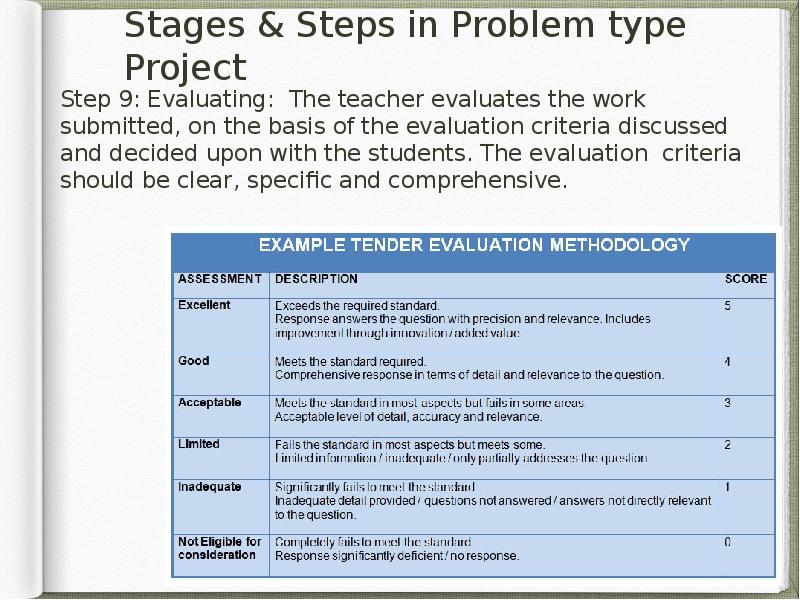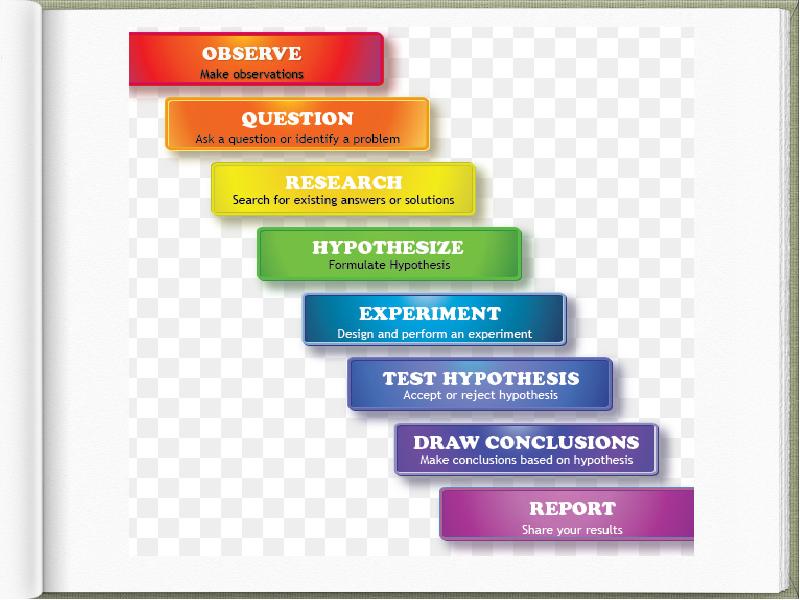Project Method in teaching презентация
Содержание
- 2. Historical Background 1900 - Richards Colombia University 1908 - Stevenson J.A
- 4. Characteristics It takes the student beyond the walls of the
- 5. Definition A project is a whole-hearted purposeful activity proceeding in a
- 6. Types of Project method Dr.W.H.Kilpatrick, in his paper on “The Project
- 7. Types of Projects The dominating activity (research, exploring, creative, role-play, applied,
- 8. Types of Projects
- 9. Types of Language Projects Multidisciplinary Country study Linguistic (comparative, monolanguage) Intercultural
- 10. Principles of Project Method The Principle of Utility: The project work
- 11. Principles of Project Method The Principle of freedom at work: The
- 12. Stages & Steps in Problem type Project According to Diana and
- 13. Stages & Steps in Problem type Project Classroom planning: In this
- 14. Stages & Steps in Problem type Project Step 3 : Formulating
- 15. Stages & Steps in Problem type Project Execution : In this
- 16. Stages & Steps in Problem type Project Conclusion: In this stage,
- 17. Project report Introduction: A description of the topic being studied, along
- 18. Stages & Steps in Problem type Project Step 9: Evaluating: The
- 21. Procedural steps for Product type, Consumer type and Drill type project
- 22. Role of the Teacher in a project work The teacher is
- 23. Merits of Project Method This method is based upon the laws
- 24. Merits of Project Method It is a democratic way of learning.
- 25. Demerits of Project Method It absorbs a lot of time, with
- 26. Gold Standard of PBL
- 27. Gold Standard of PBL
- 28. Скачать презентацию



























Слайды и текст этой презентации
Похожие презентации





























